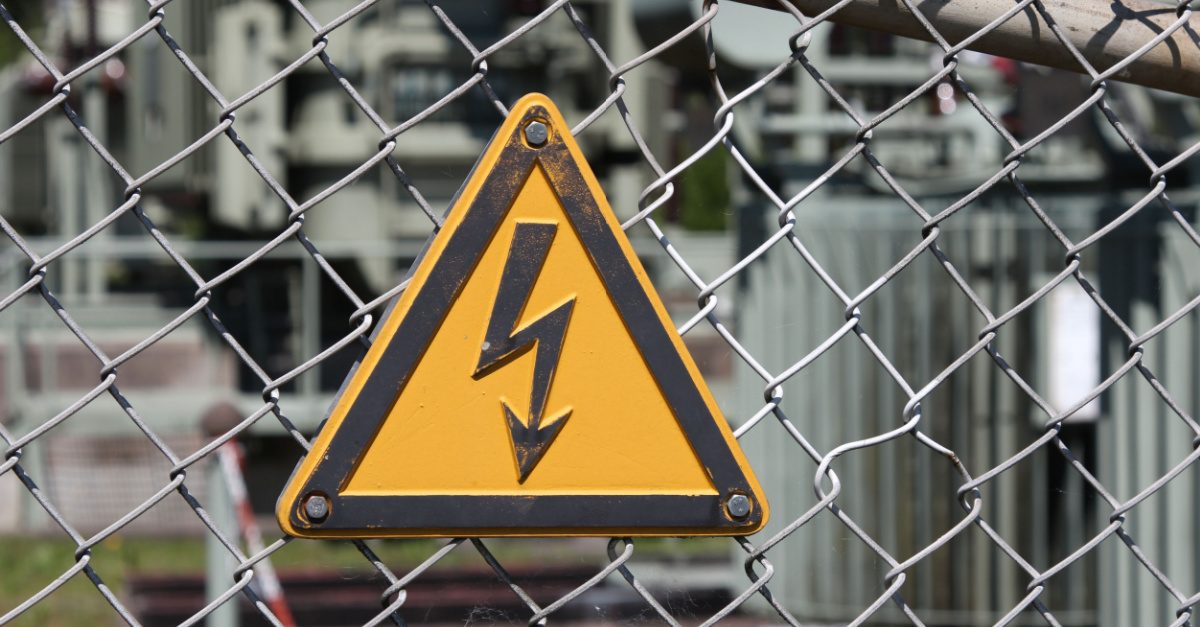
Electrical Safety: How To Keep Your Workers Safe From Electrical Hazards
Electricity is essential to modern life, powering everything from homes to businesses. However, it can also severely threaten worker safety if proper precautions are not taken. Electrical devices, ranging from computers to equipment, can potentially be dangerous and result in injuries such as electric shock or burns if improperly handled or maintained. Adhering to electrical safety practices is crucial to ensure the safety of both yourself and your colleagues. Electrical hazards can cause severe injury or even death, so keeping your workers safe is essential. Here’s how to keep your workers safe from electrical hazards.
-
Provide Proper Training
Providing adequate training on electrical safety is crucial to maintaining a safe workplace. Employees not trained in this area may not be aware of potential hazards in their work environment or know how to protect themselves from electrical risks. Therefore, it’s essential to provide training covering various aspects of electrical safety, including identifying electrical hazards, safe usage of electrical equipment, and emergency response procedures.
By providing such training, workers can better understand the potential risks associated with electrical equipment and how to take necessary precautions to prevent accidents. This will not only promote a safer work environment but also increase the confidence and competence of employees, resulting in more productive and efficient operations. You may hire an electrician that can help with the training and more knowledge.
-
Use Proper Protective Equipment
When working with electrical equipment, wearing proper protective equipment is crucial to minimise the risk of electrical shock. This includes wearing gloves, eye protection, and other protective gear to safeguard against electrical hazards. Ensuring that this protective equipment is well-maintained and replaced when it shows signs of wear and tear or damage is essential. Failure to use or properly maintain this equipment can result in severe injuries or fatalities, as electrical hazards can cause significant harm to workers.
-
Conduct Regular Inspections
Conducting regular inspections is another critical step in keeping your workers safe from electrical hazards. This includes inspecting all electrical equipment, wiring, and outlets to ensure they are in good condition and damage-free. Any damaged equipment should be repaired or replaced immediately to prevent the risk of electrical shock or fire.
Additionally, employing certified electricians eliminates the need for guesswork when assessing whether breakers require replacement or if outlets or cords are damaged. Further, an expert can assist in safely installing electrical equipment, reducing the risk of electrical or tripping hazards.
-
Follow Proper Lockout/Tagout Procedures
Lockout/tagout procedures are designed to prevent workers from accidentally coming into contact with energised electrical equipment. These procedures involve locking or tagging out equipment being serviced or repaired to ensure it cannot be accidentally energised. Before performing any work near exposed and live electrical components, de-energising them is imperative.
To avert accidents and isolate electrical energy, it’s essential to adhere to lockout/tagout protocol and secure the electrical system or its components by locking and tagging them out. The lockout/tagout procedure safeguards employees from electrical dangers when performing maintenance and servicing operations. All workers should be trained on lockout/tagout procedures and should follow them rigorously to prevent accidents. It’s also essential to learn these tips for conducting a fire safety audit in a warehouse.
-
Keep Electrical Equipment Away from Water
It’s important to remember that water and electricity do not mix. Workers must avoid handling electrical equipment, outlets, or switches with wet hands. All electrical equipment must be kept dry to prevent electrical shock and other potential dangers.
To avoid the risk of electrical shock and other hazards, it’s essential to maintain a distance of at least 5 feet between water and electrical equipment or electricity sources. Additionally, it’s advisable to install Ground Fault Circuit Interrupters (GFCIs). These devices can help prevent electrical shock by detecting a change in current and shutting off the electricity before it can cause harm. GFCIs should be used in all areas where electrical equipment is used, especially in wet areas like kitchens and bathrooms.
-
Develop And Implement An Emergency Plan
As much as we put measures in place to prevent accidents from happening in the workplace, the reality is that they can still occur. It’s, therefore, essential for employers to have a comprehensive emergency plan that outlines the steps to be taken in the event of an electrical emergency. This plan should include clear and concise procedures for contacting emergency services, evacuating the affected area, and administering first aid.
All employees must be familiar with the emergency plan and know their roles and responsibilities during an emergency. Regular drills and training sessions can also help ensure workers are prepared and capable of handling such situations. A well-planned and executed emergency response plan can mitigate the impact of electrical emergencies, and workers can feel more secure and confident in their workplace.
Conclusion
Electrical hazards are a serious concern in any workplace, and taking steps to minimise the risks is vital. By providing proper training, using protective equipment, hiring licensed electricians, and implementing an emergency plan, employers can ensure the safety and well-being of their workers. It’s also essential to emphasize the importance of regularly practising electrical safety measures and maintaining electrical equipment to prevent accidents. These measures protect workers from harm and create a safer and more productive work environment.

Visit The Sustain Chain to find out more about this years awards and submit your nominations. Click here.
